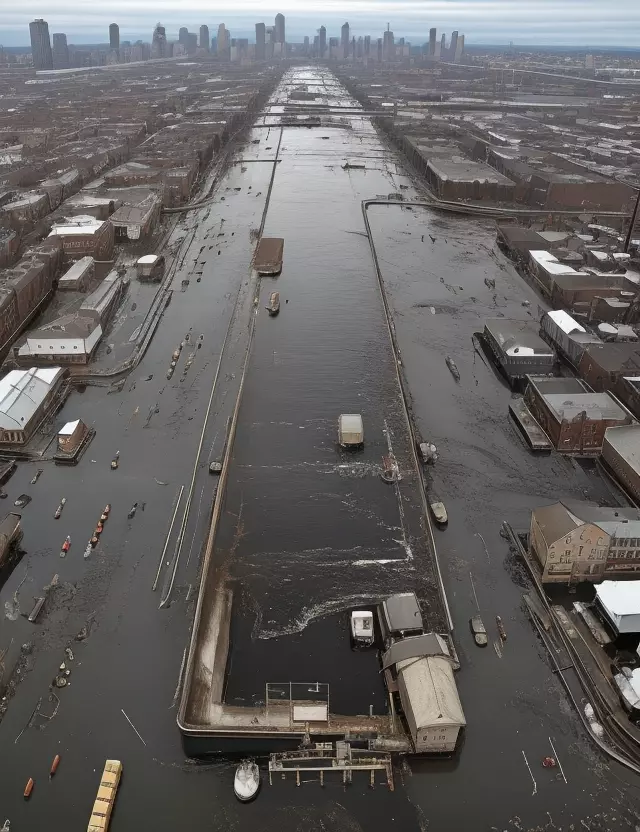The Great Molasses Flood: Devastating Event in Boston
January 15, 1919

The Great Molasses Flood: Devastating Event in Boston
On January 15, 1919, Boston, Massachusetts, witnessed a tragic and unusual disaster known as the Great Molasses Flood. The rupture of a massive storage tank unleashed a devastating wave of molasses, causing destruction and loss of life in its wake.
The Molasses Wave
The disaster unfolded when a storage tank containing millions of gallons of molasses burst open in the North End neighborhood of Boston. The released molasses formed a fast-moving wave that surged through the streets, demolishing buildings, and trapping people and animals in its path. The sheer force and viscosity of molasses made escape and rescue efforts extremely challenging.
Human Toll and Structural Damage
The Great Molasses Flood resulted in a tragic loss of life and caused significant structural damage to buildings and infrastructure in the affected area. The rescue and cleanup efforts were arduous, and the incident left a lasting impact on the community.
Legal Proceedings and Aftermath
The aftermath of the disaster saw legal proceedings against the United States Industrial Alcohol Company, which owned the faulty tank. The incident prompted changes in industrial regulations and engineering practices to prevent similar disasters in the future.
Remembering the Tragedy
As we reflect on January 15, 1919, we remember the victims of the Great Molasses Flood and acknowledge the importance of safety measures and responsible industrial practices to prevent such tragedies.



